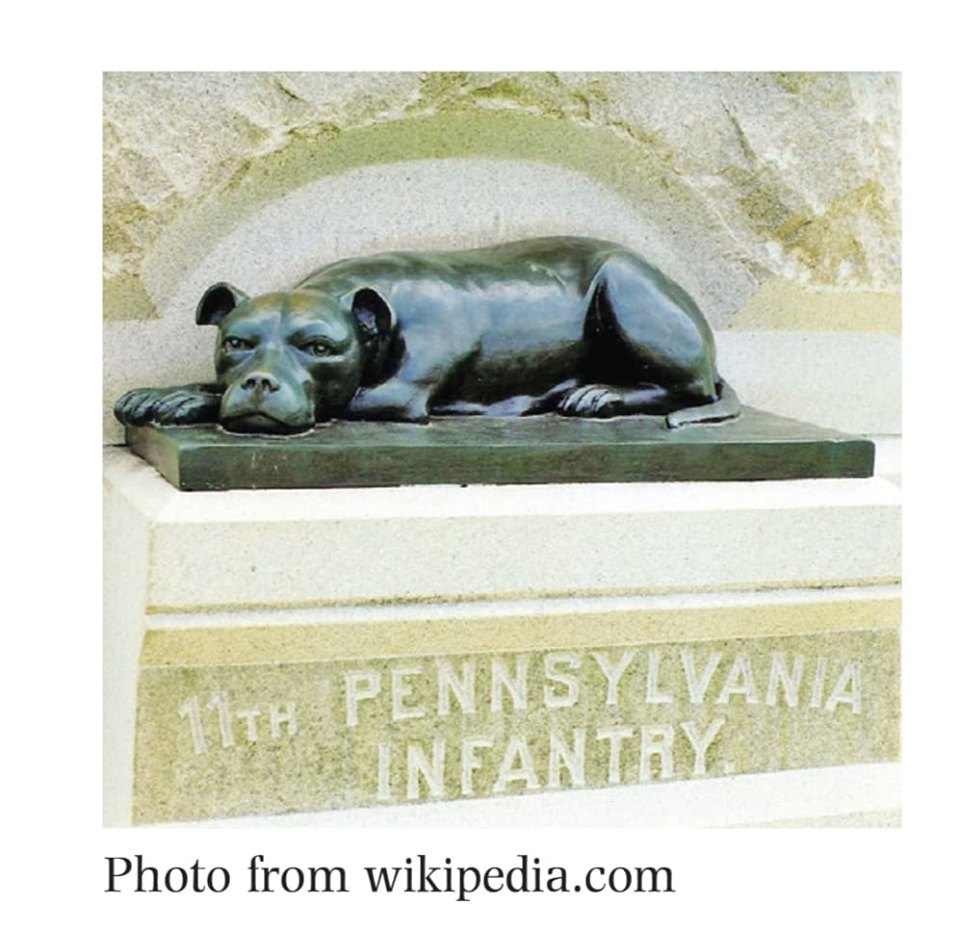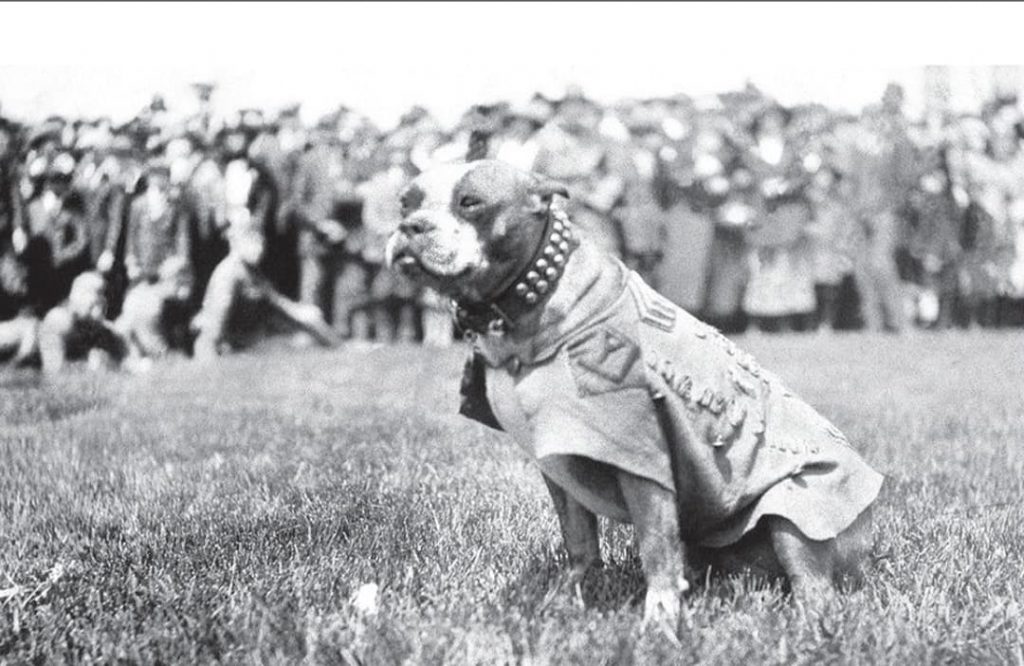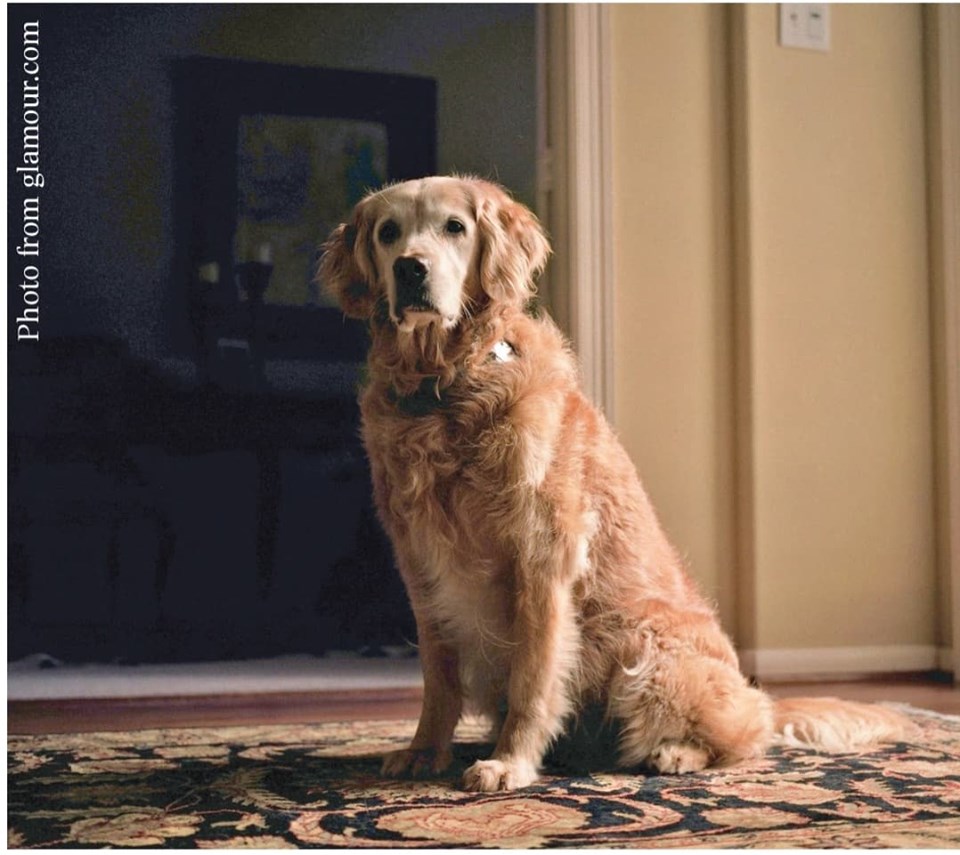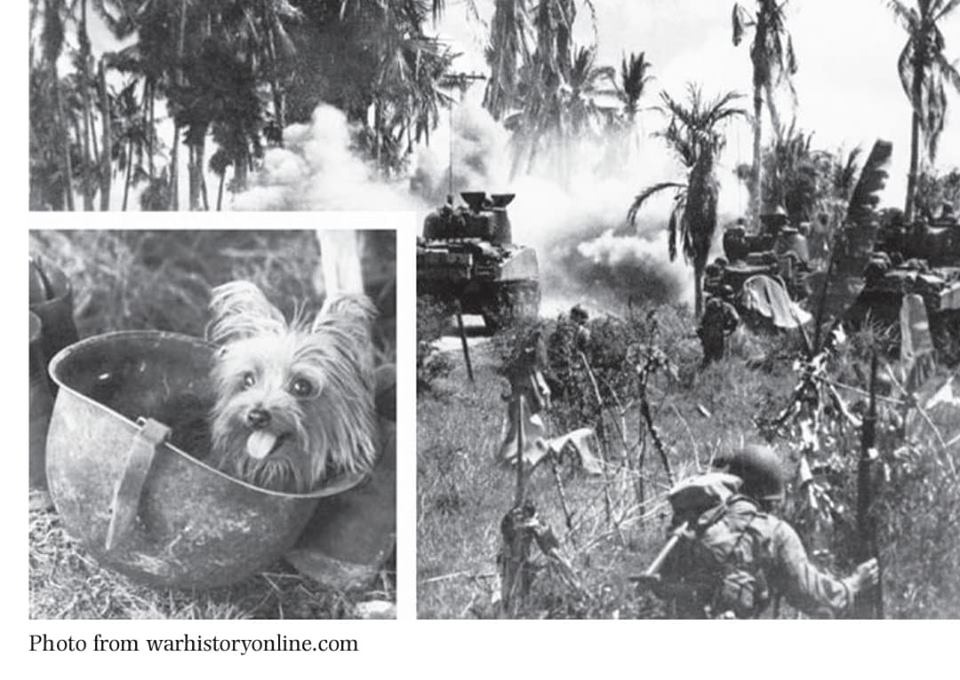The term K-9 has become synonymous with military working dogs, also known as MWDs. However, the term is also used to describe other canine companions who are trained for specific jobs, from the aforementioned military niche to civilian services that include police work, therapy, and work with disabled.
It all started on March 13, 1942, when the United States Army began training canine companions for their War Dog Program – what would become known as the K-9 Corps, according to an article by Amy Bushatz for Military.com. This would be the first time canine companions to soldiers would be an official part of the Armed Forces. This practice would spread across various military services and organizations across the world. March 13 eventually National K-9 Veterans Day, which commemorates the achievements, sacrifices, and services of canine service companions.
Here are some of the stories concerning heroic canine companions.
Sallie Ann Jarrett

Canine companions have been in the military services much earlier than 1942, if Sallie Ann Jarrett’s story is a common example.
She was a female bull terrier (either Staffordshire or Pit Bull), and served as the mascot of the 11th Pennsylvania Infantry during the American Civil War, according to a 2016 article from DogTails by DogWatch. Supposedly, her name was a combination of the infantry commander’s and that of a woman the organization knew in Philadelphia.
Sallie Ann was entrusted to the 11th by a civilian, and the organization took her in and raised her. She lost her life during the Battle of Hatcher’s Run in 1865, and was immortalized in a monument to the 11th Pennsylvania Infantry in Gettysburg.
Sergeant Stubby
Sergeant Stubby was a mixed breed terrier who started out as a stray canine and took a liking to some soldiers in training in New Haven, Connecticut. Stubby would eventually serve alongside the 102nd Infantry, in the 26th Yankee Division in the World War I, according to a 2016 DogTails by DogWatch article.

His presence allowed the Division to prepare for gas attacks, catch enemy spies, and locate missing soldiers. His informal services would be to boost the morale of soldiers. He eventually was introduced to three Presidents, and became the mascot of Georgetown University.
Bretagne
Bretagne was a Golden Retriever who was trained for rescue operations, according to Mamy Baruti’s article for Three Million Dogs. Her first assignment was to search for survivors at Ground Zero of the September 11 attack. Her human companion, Denis Corliss, started educating her at eight weeks old, and she eventually became an asset for the Cy-Fair Fire Department, where Corliss was a volunteer firefighter.

Her career also included rescue operation in the aftermath of other disasters, such as hurricanes Ivan, Katrina, and Rita. Bretagne retired from active rescue service after nine years and became a reading companion for a local elementary school where she encouraged shy children to read loudly, with her as the loving audience.
She passed in 2016, and at the same time was believed to be the longest surviving service dog who was involved in the 9/11 event.
Smoky
According to a 2016 article by Blake Stilwell, Smoky was most definitely not the usual K-9, being a Yorkshire terrier.

She was initially found in February 1944 in a New Guinea foxhole. Eventually, she served with the 26th Photo Recon squadron, and survived 12 combat missions and more than a hundred air raids. She was able to warn her human companion, Corporal William Wynne, of incoming artillery attacks, and while on mission here in Luzon, Philippines, she helped workers and engineers by helping them string communication wires through a pipe.
Lex
According to a 2007 article for Rusty Dornin for CNN, Lex was a Military Working Dog who was awarded a Purple Heart when he was wounded in an attack that killed his human companion and partner, Dustin Lee. Even though he was injured with shrapnel in the same rocket attack that killed Lee, he refused to leave Lee’s side.

Lee’s family eventually succeeded in adopting Lex, and from then on, he became a therapy dog, visiting veteran hospitals. There, he would comfort the wounded and encourage those who were recovering.
Military Working Dogs and canines who are trained for special services in general are, as can be seen by our five examples, exemplary good boys and girls. That is why all of them deserve to be treated well by their work partners and human companions – and, once they are retired, they are best adopted by people who wish to honor and love them in their remaining years.
So, the next time you see a police dog or a therapy dog, give them a little smile and a salute. They are our canine heroes – and their uniform is the discipline, training, and dedication that they show to their jobs and their masters.
Our K-9 forces
The Philippines also has its own K-9 Corps, the Philippine Army K-9 Battalion. Their canine soldiers are deployed to many field units across the country, usually as scout dogs. They specialize in different skills, such as combat tracking and explores detection.
Commanding Officer Major Lawrence San Juan explained more about the K-9 Battalion in an e-mail interview.
K-9 training
The K-9 Battalion has four main capabilities: combat tracking, explosives detection, scouting or patrol, and search and rescue. These capabilities all need canine companions who have good drive and character suited to those jobs.
Only four breeds are accepted: German Shepherds, Belgian Malinois, Dutch Shepherds, Belgian Malinois, Dutch Shepherds, and Belgian Tervurens.
Military Working Dogs start their training as early as eight weeks old, starting with imprinting, and then obedience training. “MWDs are our partners, as such, we train them extensively, with each handler building a strong bond with their K-9 canine officer,” San Juan said. “We have the utmost respect for our canine counterparts – without them, the K-9 battalion simply would not exist.”
The four jobs
A. Combat tracking – This focuses on training dogs to track targets through visual cues and scents, usually in the context of an urban or jungle environment.
B. Scouting or patrolling – This protects bases and other similar structures from enemy attack. Unlike in combat tracking, scouting or patrolling is about defending a specific area, after which the dog can be released to attack any intruder on command.
C. Explosives detection – This job is more about being able to smell the scent of specific explosive components so that a hidden explosive can be found before it is detonated.
D. Search and rescue – This is the brother of combat tracking. It is a skill used after disastrous events so that live victims or the bodies of the deceased can be found using scent or other visual or auditory cues.
Retirement
The K-9 battalion evaluates a dog in its sixth year to see if he or she is still effective in their job. If they are still sharp, they are allowed to work for another year or so before they are retired. Otherwise, they are retired in one of three ways:
1.Adoption by the handler – They can be adopted by their handler after all necessary documents have been submitted.
2. Adopted by others – They can also be adopted by any member of the AFP, subject to the necessary documents that have to be submitted.
3. Retirement at Hound Haven – If a canine isn’t adopted outright, they are handed over to Hound Haven. The unit’s veterinarian will give them a once-over, and if they show serious aggressive behavior, then they are to be restrained and offered for adoption to any member of the AFP or a trainer.
You might want to read:
– These dogs run into danger and find hidden bombs to help soldiers in the field of battle
– Working dogs in the limelight
– Haven for heroes






